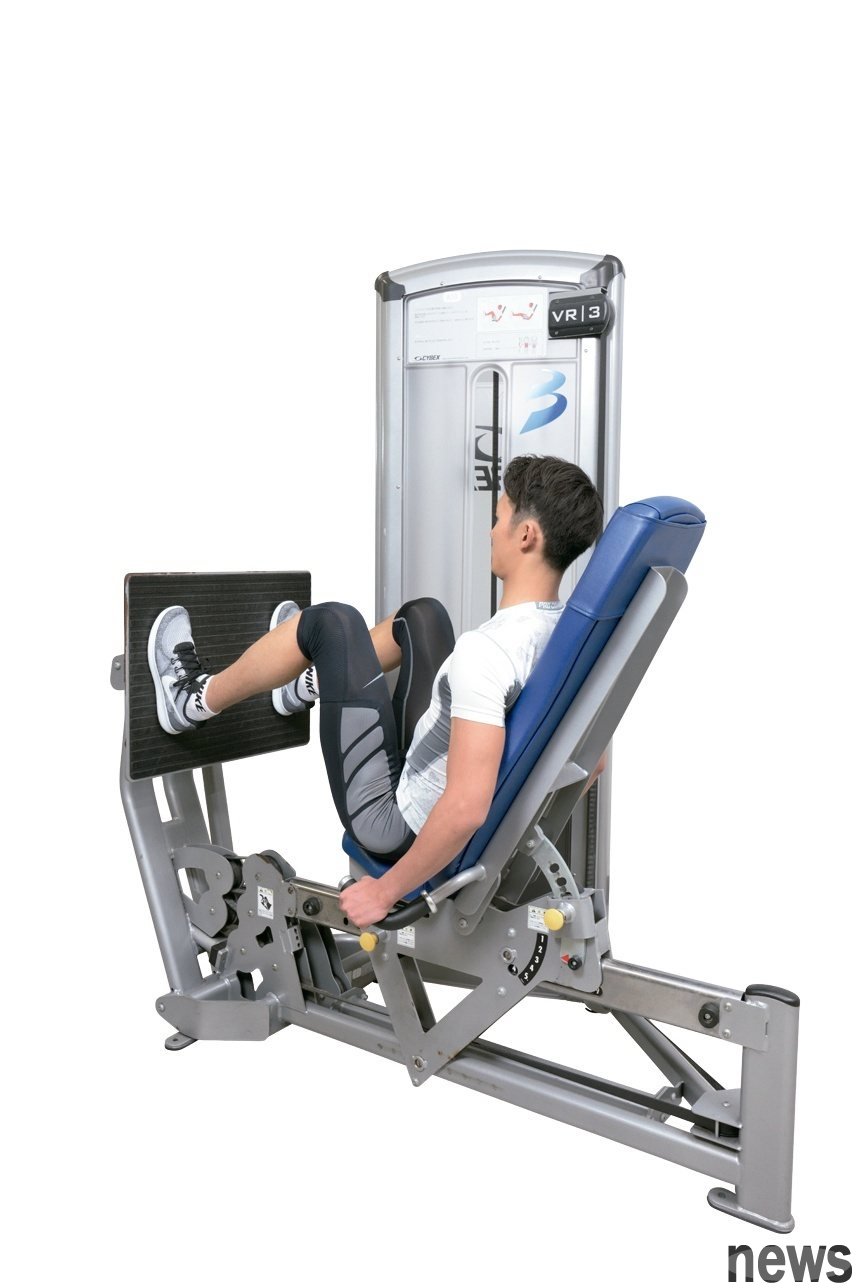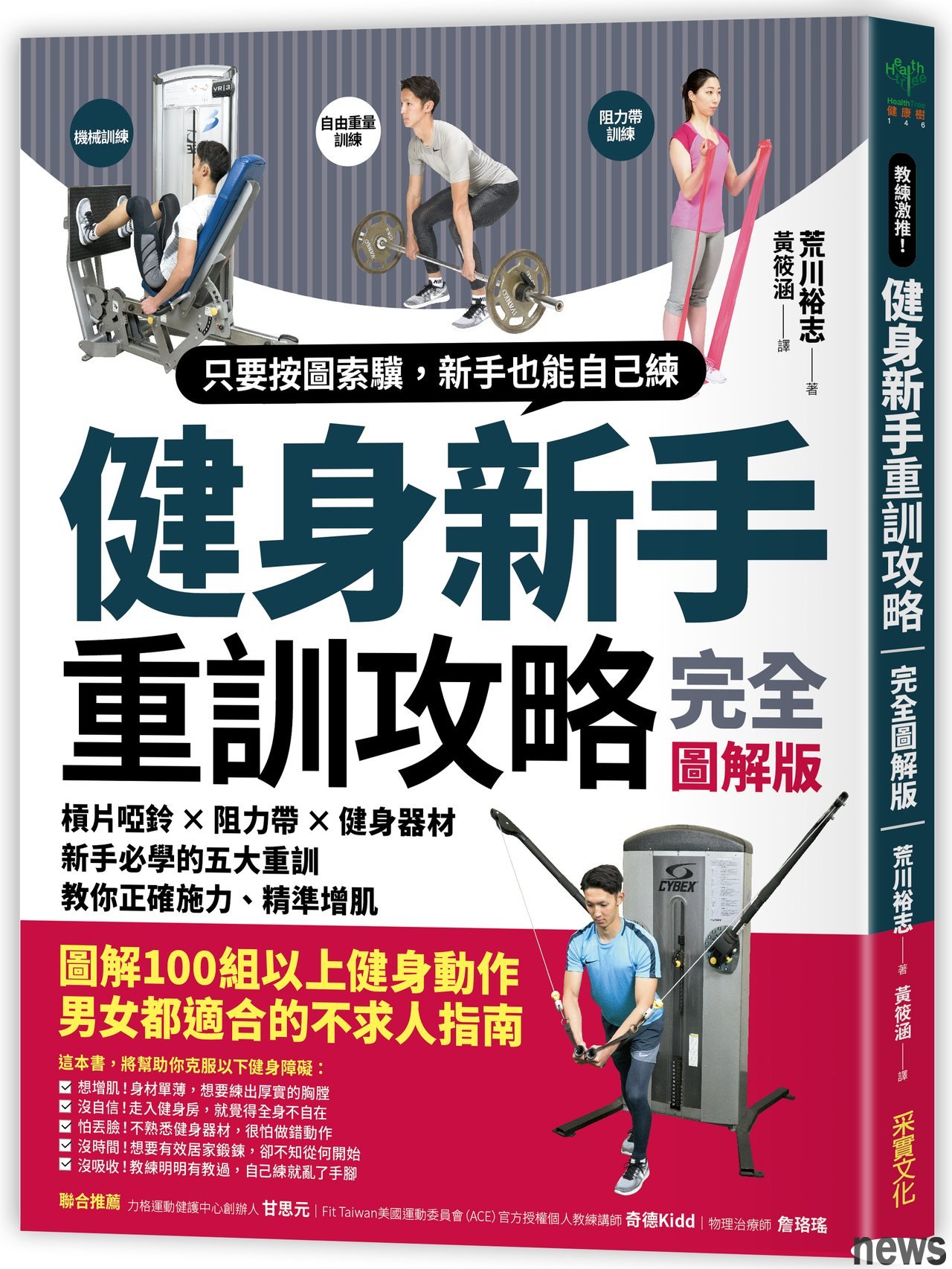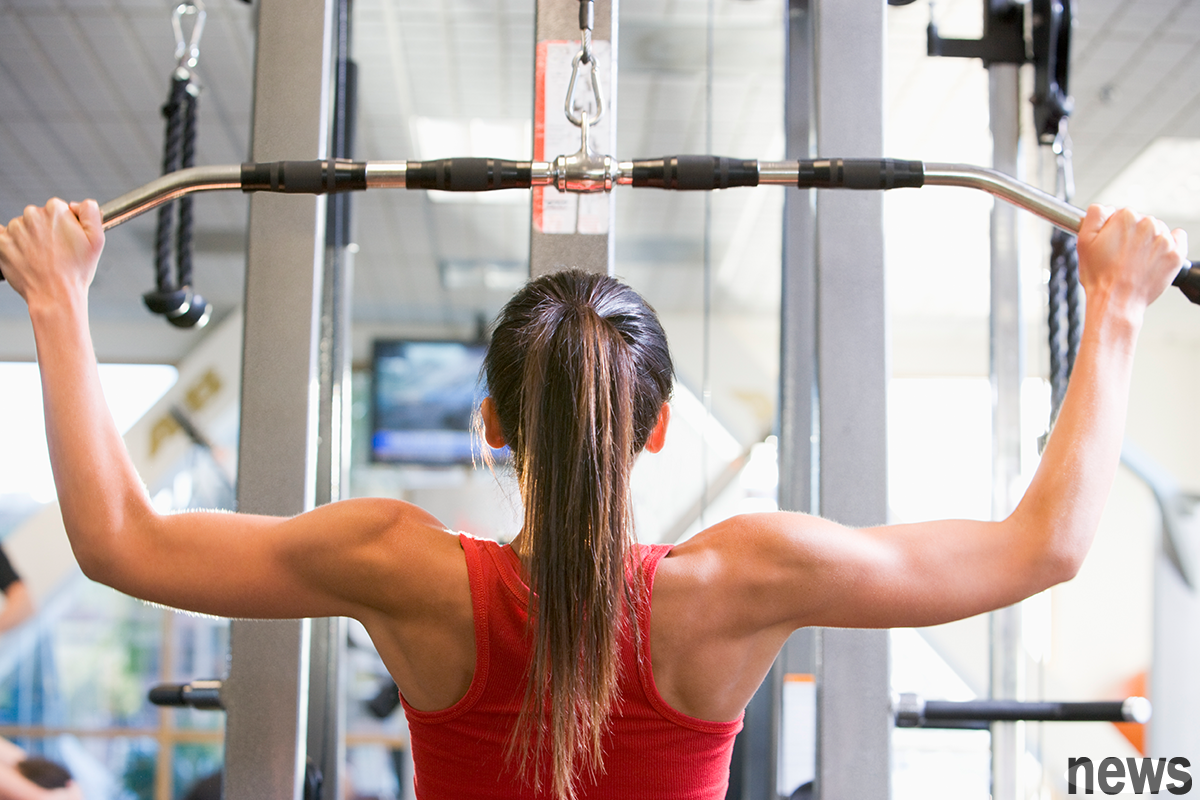
【Text, Pictures/Excerpted from the practical culture "Re-training Guide for Fitness Newbie", author Yushi Arakawa]
Selection methods for training projectsEach muscle has multiple projects that can be used to train each project. Each item has its own target muscle. In other words, each muscle also has a relatively rich exercise method (project), the posture of applying load, the movement method (movement posture), and the equipment used are all different.
Even if the target muscles are the same, each project still has its own advantages and disadvantages. Therefore, it is recommended to understand the characteristics of each project and then choose the type that suits you.
This chapter divides the basis for selecting retraining projects into five major items: "motion volume", "duration of load loss", "loss load during stretching state", "stretching effect", and "duration of movement mode", and explains in detail that as long as these five items are put together and compared, you can see the characteristics of each item (※"Home execution difficulty" is additional information provided to the home wearer).
The focus of the eye should be different from the goal, such as: reducing weight through training, promoting muscle hypertrophy through high loads, and creating a strong body through suitable loads. Only by choosing appropriate projects according to goals and physical strength levels can we persist and achieve accurate results.
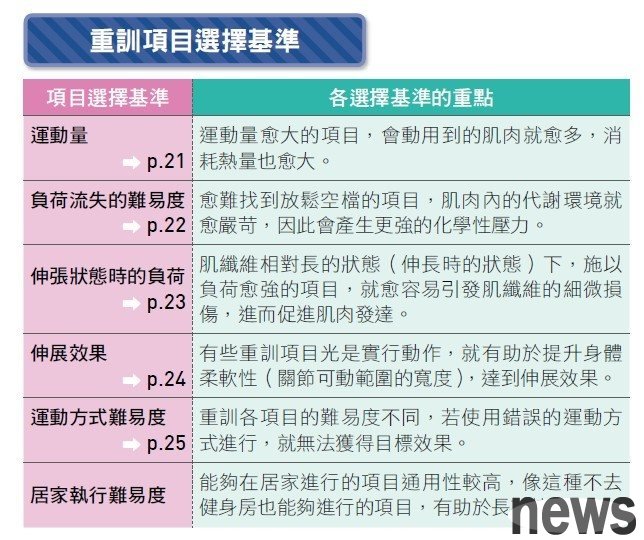
means the heat consumed for each training exercise
The "sports volume" here refers to the heat consumed for every repeated exercise during training, which can be regarded as an indicator of how many muscles it will move to the whole body. The heat consumed during movement is equal to the amount of work (force & times; distance). Therefore, the larger the project with a larger weight, or under the same weight, the greater the heat (movement) consumed by the project with a longer moving distance.
Generally speaking, multiple related projects that will move to multiple related periods will be larger than those of single related periods, and of course the amount of exercise will be larger. By the same token, since the lower body gathers many large muscles, the movement volume of the lower body is also larger than that of the upper body.
Projects with higher movement volumes will strongly stimulate the secretion of various cholemones, including types related to muscle development. The disadvantage is that it is easy to feel general fatigue, and it will also feel mentally distressed by being unable to breathe. Therefore, when designing and training menus, we must also consider the balance between each item.
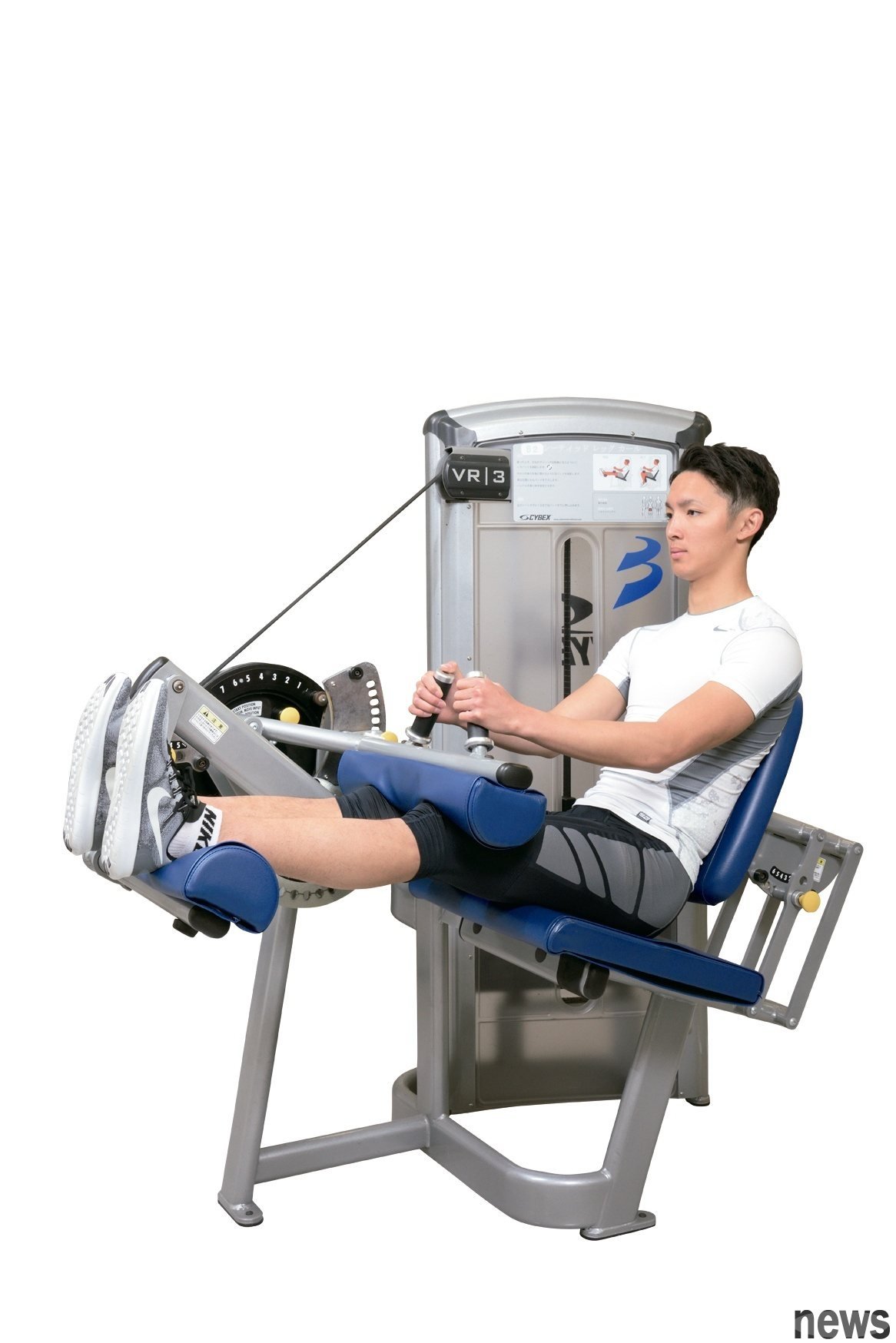
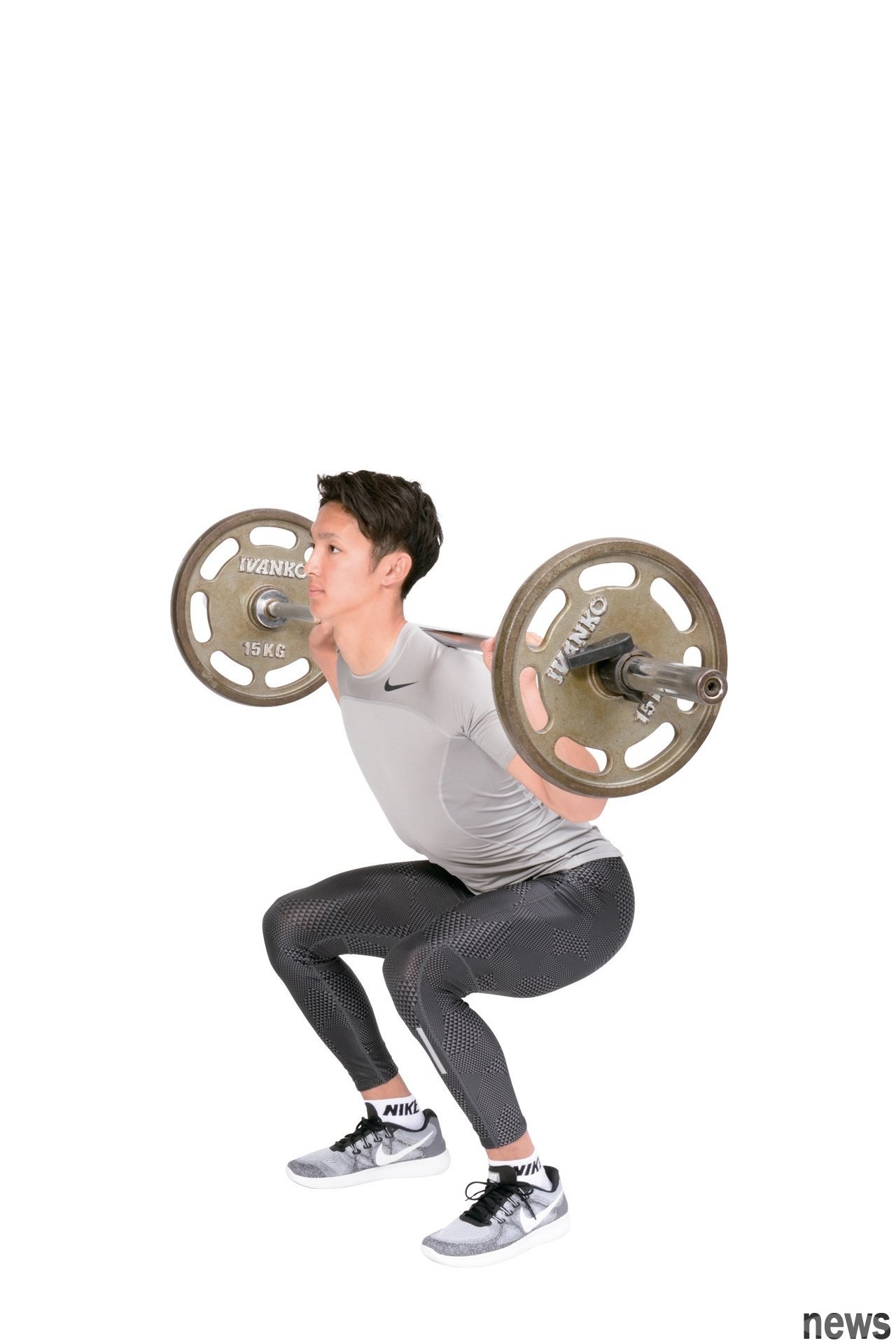
Continuously exert load on the muscles to create chemically induced pressure
Muscles In the training exercise, the muscles are extended from the longest to the shortest shrinkage, and the entire muscles will continue to bear the load. During the movement process, some projects will have some related aspects that cannot bear the burden.
In squats, when standing up, when sideways, when putting down your arms, you will not be able to exert load on the target muscles.
However, some items are within the range of the movable range and exert load on the target muscle almost every second. The most representative one is the slimming of the chest. This project will continue to exert more than a certain degree of burden on the pectoralis major muscle from the double-handed pulling of the rope to the chest.
The entire set of actions rarely loses load, which helps to generate the muscle chemical pressure explained in p.14-17 - the accumulation of oxygen-free hormones and hypoxia. Because from a physiological perspective, continuous efforts will cause the internal environment of the muscle to be bad. Therefore, when you want to promote muscle development through the stimulation of chemical pressure, you can first focus on "the difficulty of load loss".
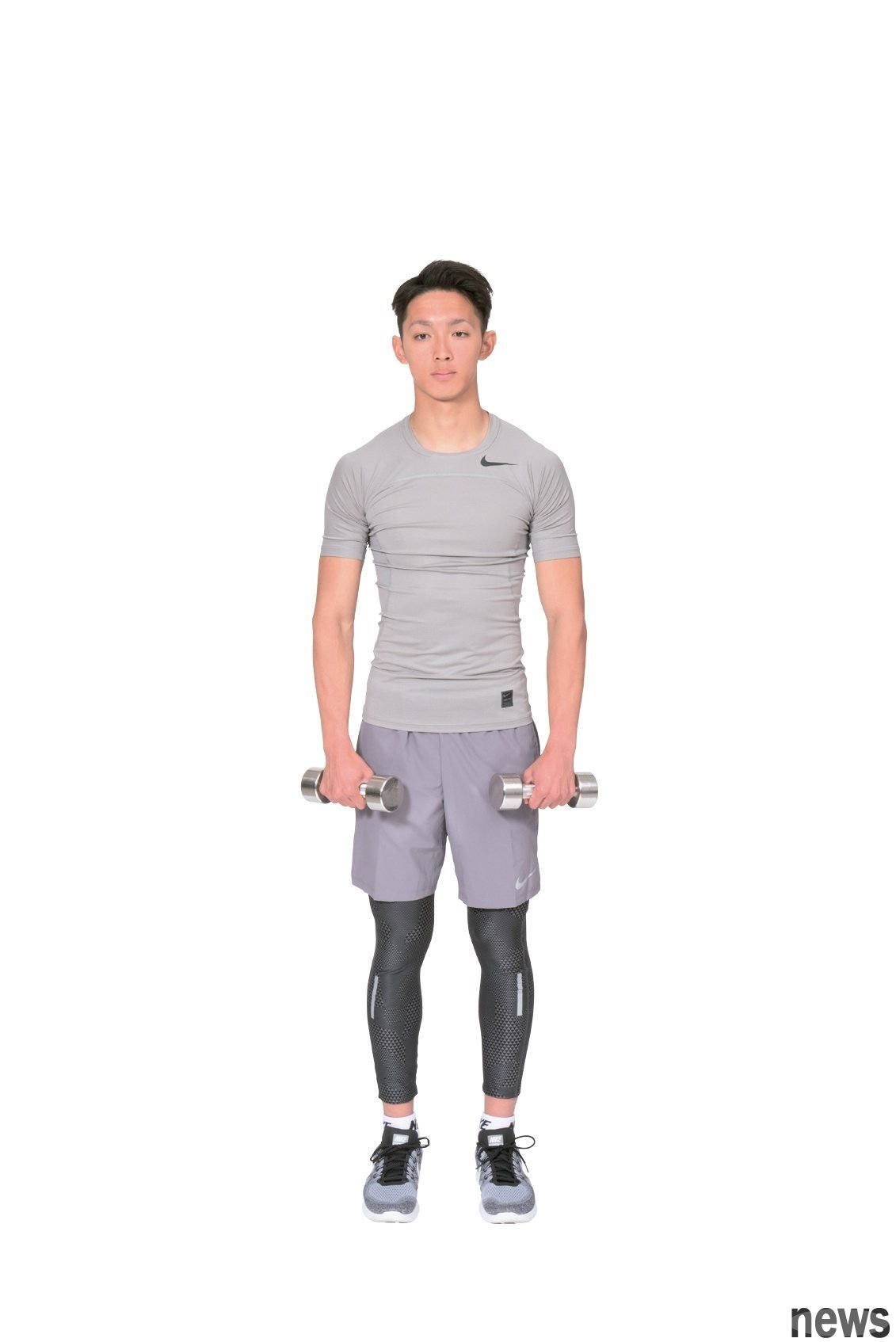
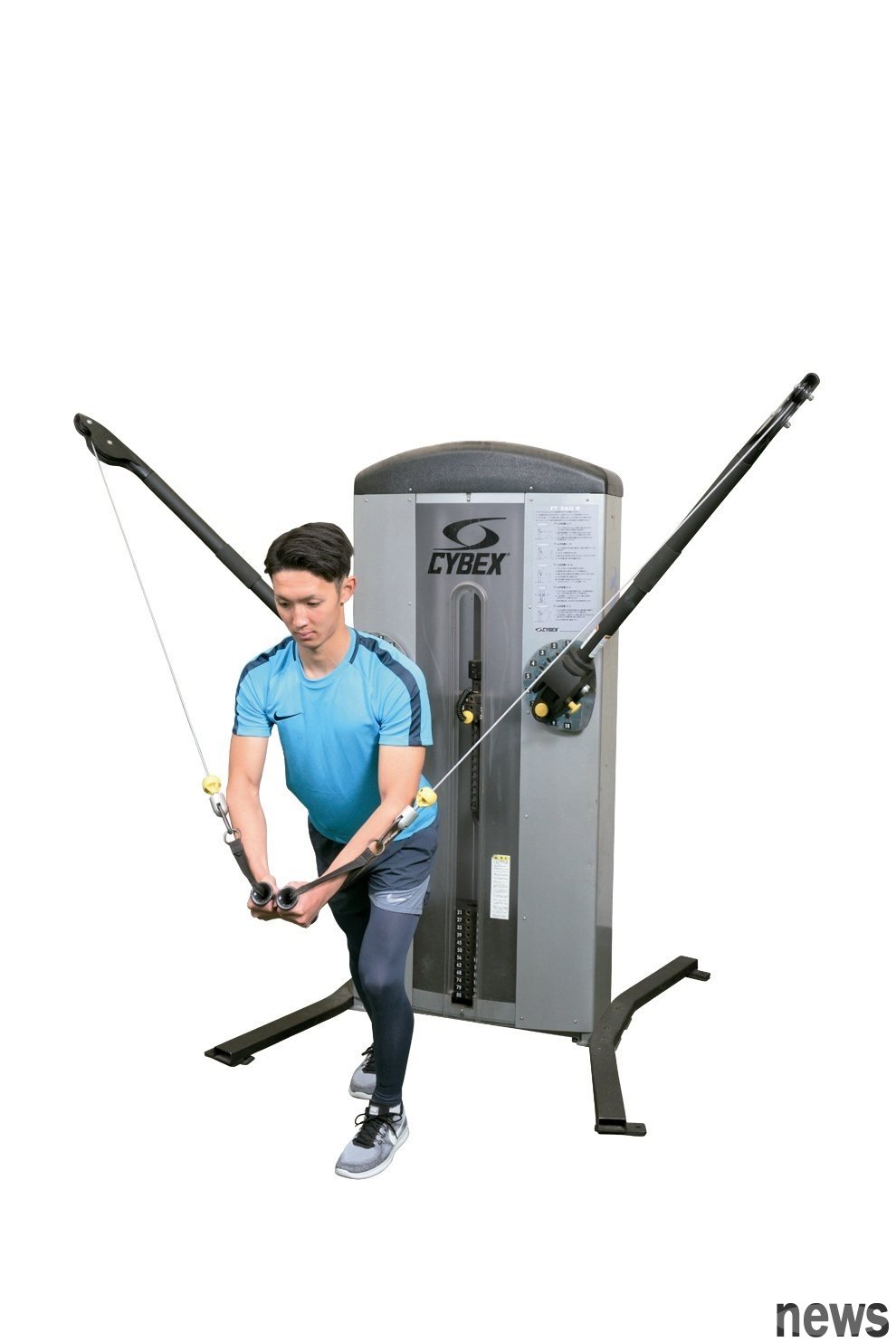
applies a load on the extended muscle to cause muscle damage
As mentioned earlier, reconstruction may not be able to apply a load on the muscle within the control range.
In contrast, these projects have a strong load strength applied to the target muscles, and will also vary with the movement. Similarly, the actions of each project to produce a load peak are also different, mainly divided into three types: "projects that bear the maximum load when the muscle stretches longer", "projects that bear the maximum load when the muscle stretches longer", and "median-type projects".
When classification, this book focuses on the "relative load size when the sarcoplasmic expansion (extension state) is particularly important in the project selection basis. Because the muscles exert muscle strength when they are stretched, the more likely they are to cause minor injuries (Nosaka et al., 2000).
As explained in p.16, "slight damage occurs in the muscle fiber", this is one of the pressures that promote muscle hypertrophy. Selecting a project that can exert strong burden under the condition of the target muscle stretching can promote muscle development through the pressure brought by muscle injury.
However, due to muscle injury, it can also cause muscle pain the next day. Those who want to avoid such torment should deliberately avoid projects that will pay strong burdens when muscle stretching.
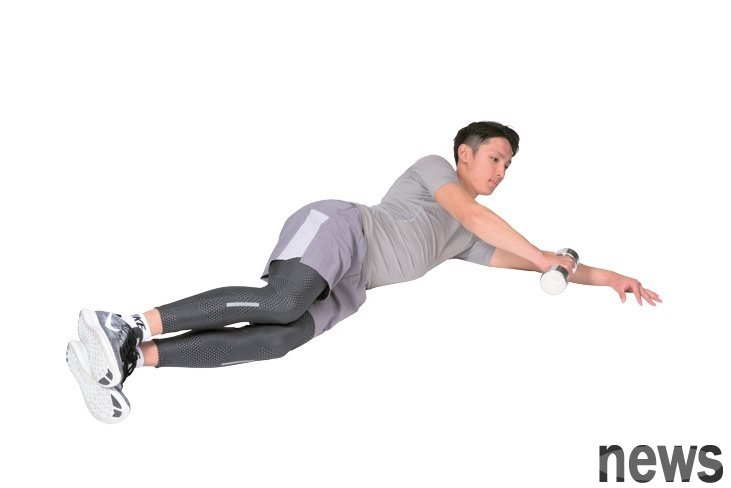
Debts
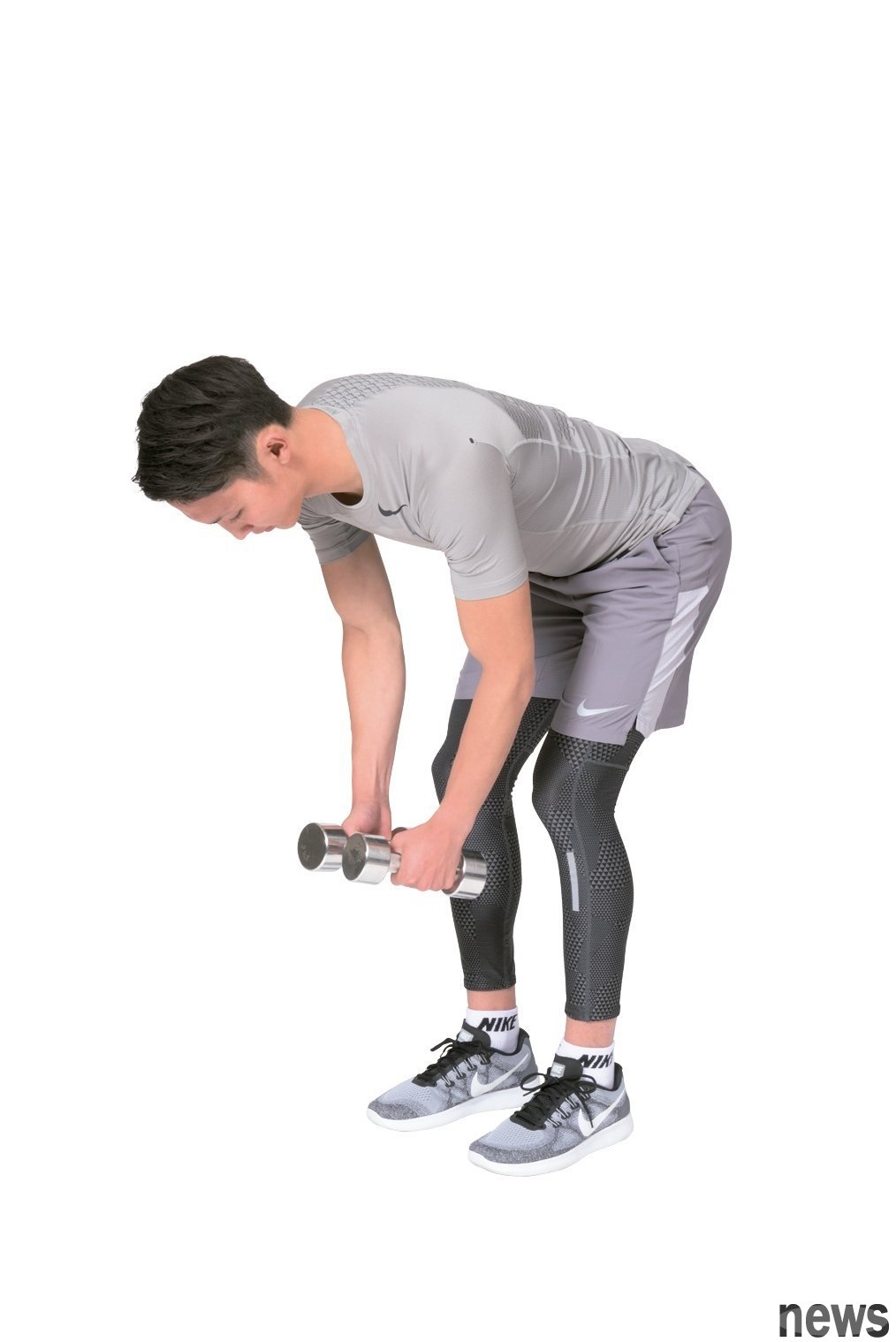
Non-loading weak
Reconciliation project Selection base ④Stretching effectBy reconciliation, the basic goal of reconciliation is to make muscle hypertrophy more developed and the muscle strength that follows. However, some items also have the additional value of "stretching effect". The stretching effect here refers to the main purpose of the static stretching action - to improve the softness of the body, that is, the movable range of the correlation. Maybe it is important to give people a feeling of "the body will become hard", but some items can improve the softness of the body just like stretching exercises.
When you expect a clear stretching effect, you should choose a significant movement period and almost reach a state where the muscle stretches to an extreme limit. The most representative of these is the Romanian hard-legged thigh that can forcefully stretch the back side of the thigh.
Static stretching exercise mainly extends the target muscles through the output of antagonist muscles (muscles acting in the opposite direction), but heavy training can stretch muscles based on their own weight, calender weight and mechanical load.
Therefore, the stretching efficiency brought by the retraining is better than the static stretching movement that requires the muscle to be stretched open by itself.
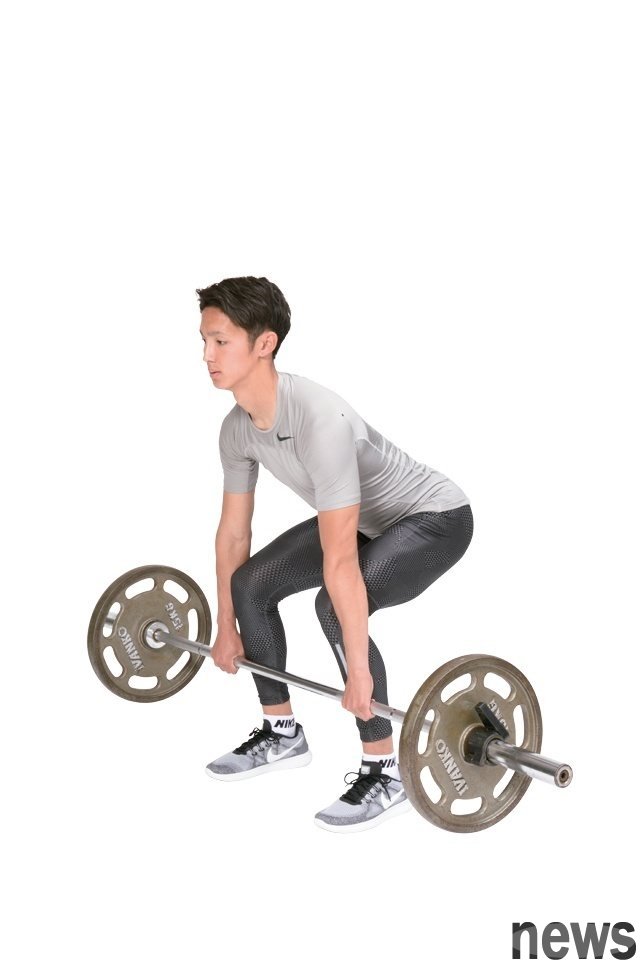
A simple project is most suitable for training beginners
When training specific muscles, the primary condition is to use the correct movement method, but the "difficult movement method" of each project is different.
Items that fully use machinery are simpler than other projects, because machinery has set up the movement tracks for the arms, legs and upper body, even if you don't pay special attention, the movement method is correct.
However, mechanical training also has many precautions, and this book will be further explained when introducing each project.
On the other hand, projects using resistance straps or cable trainers, free weight training projects using cals or cals, etc., have higher degrees of freedom in action, so the difficulty is higher than that of mechanical training.
Especially the free weight training performed while standing, you must also maintain body balance, which will make it difficult to get to the next level.
In addition, when the scapula, body trunk or hysteresis is the strap of the shoulder blade, body trunk or hysteresis, it is difficult to pay attention to the action of the target muscle and the site, so the difficulty of correct execution is higher than that of other parts.
Recently select projects that can be easily learned by novices so that target muscles can produce obvious results. In addition, this type of project is easier to maintain a stable posture, thus helping to safely challenge muscle limitations.
